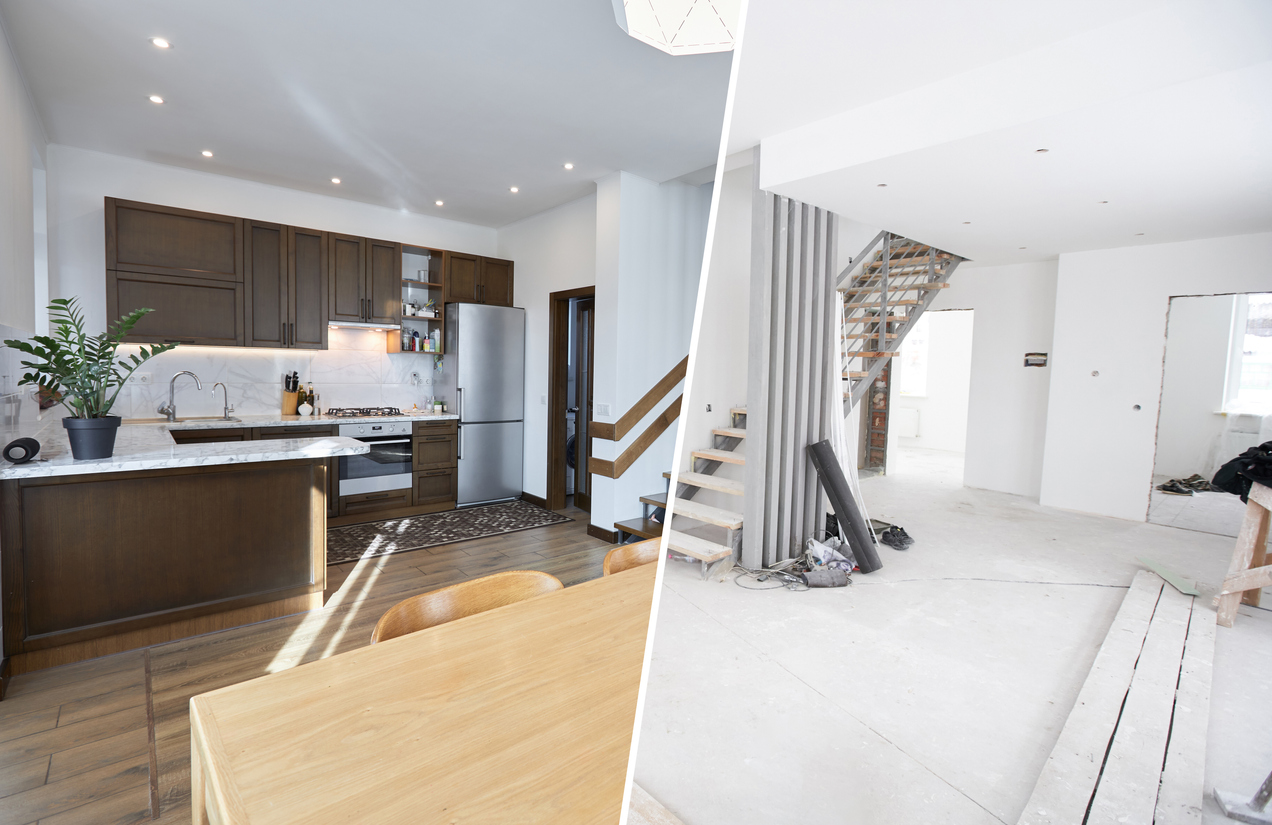In the dynamic world of real estate, fix and flip investing stands out as a thrilling strategy that combines vision, strategy, and sweat equity to turn rundown properties into profitable assets. The allure of buying a distressed property, renovating it with flair, and selling it for a substantial profit has captured the imagination of many. However, fix and flip real estate investing is not just a TV show spectacle; it’s a calculated endeavor that requires careful planning, market insight, and a touch of creativity. In this high-level overview, we’ll delve into the essence of fix and flip investing, exploring its key elements, challenges, and potential rewards.
Understanding Fix and Flip Investing
Fix and flip investing involves purchasing a property, often a distressed one in need of significant repairs or upgrades, with the intention of renovating it to enhance its value and subsequently selling it at a higher price. This strategy relies on the investor’s ability to identify undervalued properties with hidden potential and execute renovations that align with market trends and buyer preferences.
Key Elements of Fix and Flip Investing
1. Market Research: Successful fix and flip investors start by researching their target market. Understanding local real estate trends, property values, and buyer preferences is essential for making informed investment decisions.
2. Property Identification: The art of fix and flip begins with identifying properties with potential. Investors look for distressed properties that can be transformed with renovations. Factors like location, neighborhood, and potential return on investment play a crucial role in property selection.
3. Due Diligence: Thorough due diligence involves assessing the property’s condition, estimating repair costs, and analyzing the feasibility of the project. Accurate calculations are vital to ensure that potential profits outweigh expenses.
4. Financing: Acquiring financing for a fix and flip project can be complex. Investors often utilize private lenders, hard money loans, or personal funds to cover the purchase and renovation costs.
5. Renovation Strategy: Crafting a renovation plan that balances cost-effectiveness and market appeal is pivotal. Successful investors focus on improvements that provide the best return on investment, such as kitchen and bathroom upgrades, flooring, and curb appeal enhancements.
6. Project Management: Efficient project management is critical to meeting timelines and budget targets. Coordinating contractors, overseeing construction, and addressing unexpected challenges require strong organizational skills.
7. Market Timing: The real estate market’s cyclic nature influences the timing of selling the renovated property. Investors aim to sell during periods of high demand to maximize profits.
8. Aesthetic Appeal: Creating an attractive and modern living space can significantly increase the property’s value. Choosing colors, materials, and designs that resonate with potential buyers contributes to a successful sale.
Challenges and Risks
While fix and flip investing offers substantial rewards, it’s not without its challenges:
1. Market Fluctuations: Economic downturns or shifts in local real estate markets can impact property values and demand.
2. Budget Overruns: Renovation projects can encounter unexpected costs, affecting the overall profitability of the venture.
3. Time Constraints: Delays in renovations can lead to higher holding costs, eroding potential profits.
4. Regulatory Hurdles: Navigating permits, regulations, and zoning requirements can be complex and time-consuming.
Potential Rewards
1. Profit Potential: A successful fix and flip can yield substantial profits, often exceeding initial investment and renovation costs.
2. Skill Development: Investors gain valuable experience in property evaluation, project management, and market analysis.
3. Realizing Potential: Transforming a neglected property into a desirable home contributes to neighborhood revitalization.
Conclusion
Fix and flip real estate investing is a captivating journey that blends creativity, strategy, and market insight. While it offers the allure of significant profits, it requires careful planning, calculated risks, and the ability to adapt to changing market conditions. Whether you’re a seasoned investor or a newcomer intrigued by the world of real estate, the art of fix and flip investing presents an opportunity to turn rundown properties into valuable assets that contribute to both your financial success and the transformation of communities.
Temple View’s Fix & Flip Loan Program
If you’re interested in buying, renovating, and selling a property for profit – but you just need the right financing solution – turn to Temple View Capital. Our fix and flip loans are designed for real estate investors looking to acquire, renovate, and resell properties within a 6–24-month window. We are a leader among direct fix and flip lenders and are one of the only lenders in the industry to offer advanced rehab draws. We service your loan through your entire project, and we pride ourselves in administering construction draw requests in a fast and efficient manner. Contact Temple View to learn why our fix and flip loan program is trusted by experienced investors around the country.























0 Comments